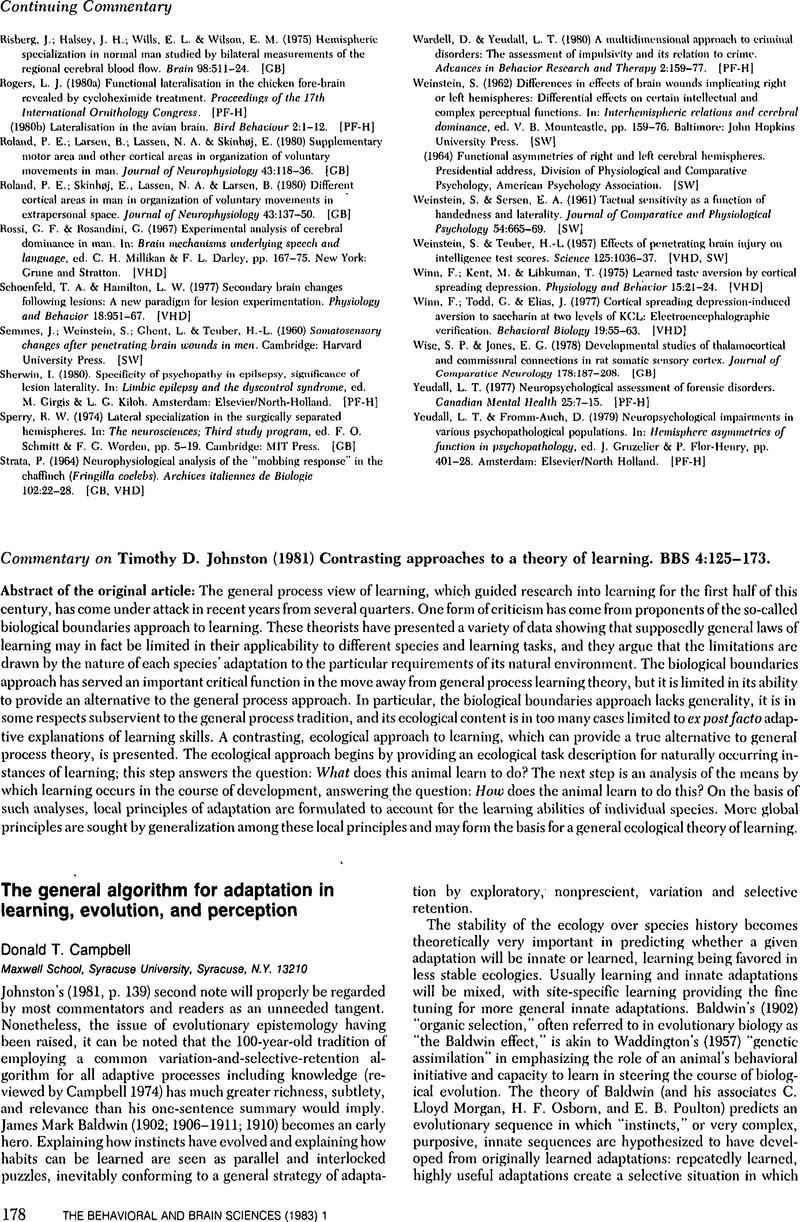Crossref Citations
This article has been cited by the following publications. This list is generated based on data provided by Crossref.
Aitcheson-Huehn, Nikki
MacPherson, Ryan
Panchuk, Derek
and
Kiefer, Adam W.
2024.
Predicting Basketball Shot Outcome From Visuomotor Control Data Using Explainable Machine Learning.
Journal of Sport & Exercise Psychology,
Vol. 46,
Issue. 5,
p.
293.



